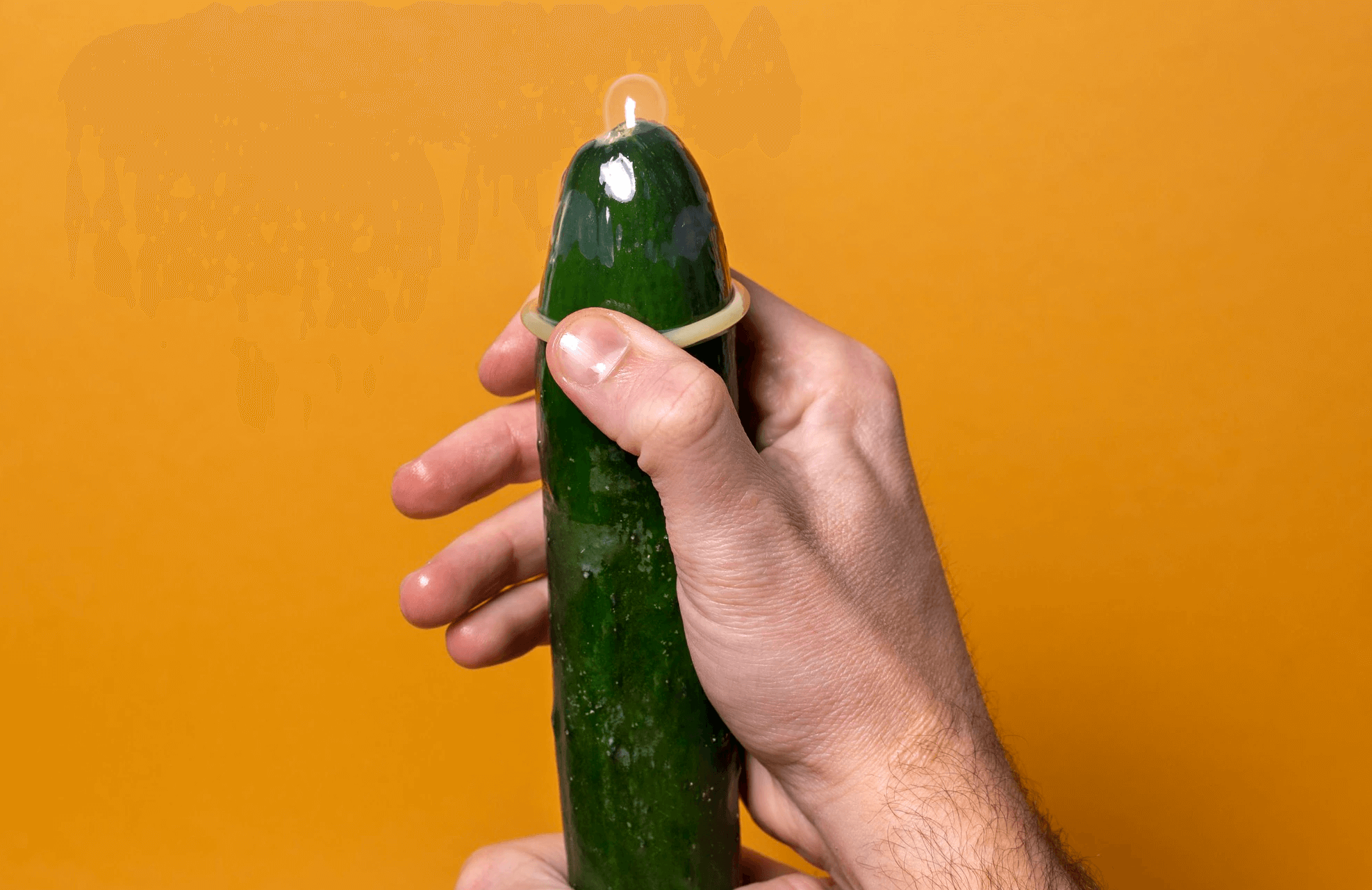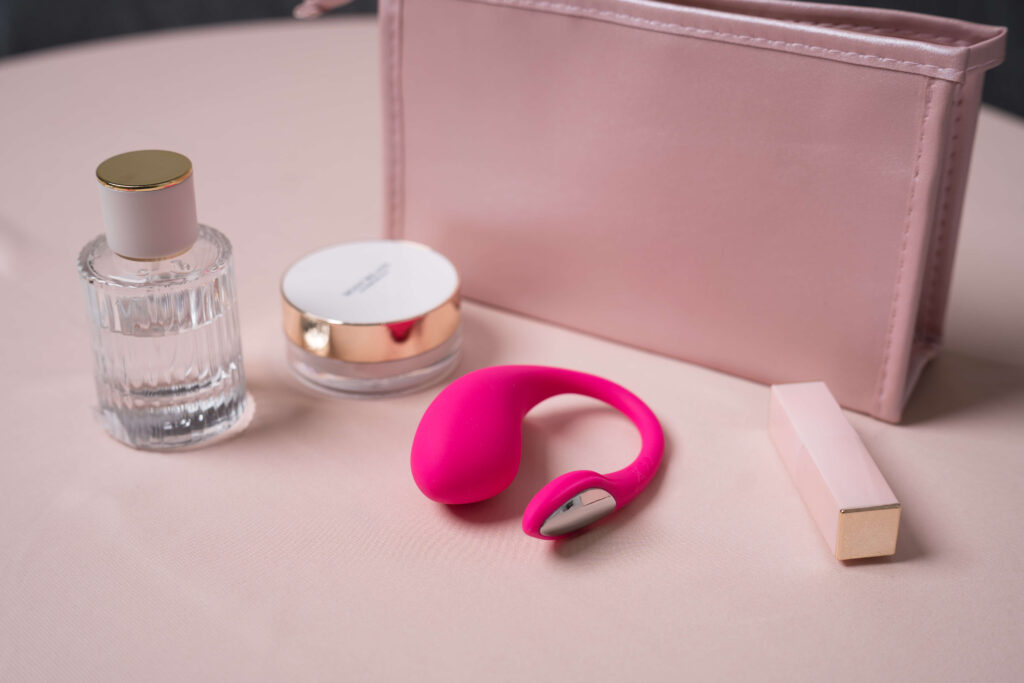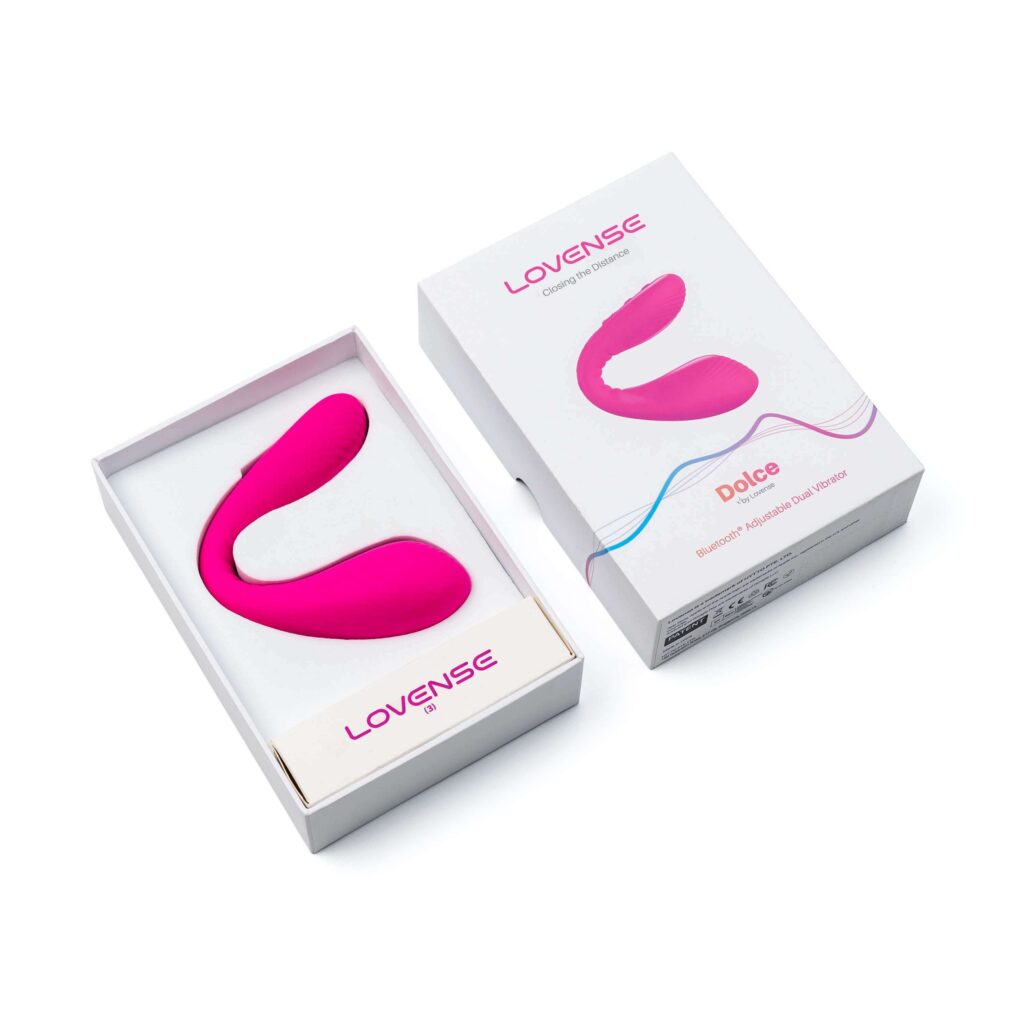Can i use a cucumber as a sex toy?

Cucumber as sex toy
In the vast world of intimacy, it’s no surprise that humans are ever-curious and innovative. When venturing into the realms of pleasure, many are drawn towards the DIY approach. But why? What makes a simple cucumber or a carved piece of wood seem so tempting to some?
A Glimpse into the Past
In history, DIY sex toys aren’t a recent phenomenon. Before the fancy silicone gadgets we’re familiar with today, our ancestors found solace in items that were natural, handy, and somewhat unconventional. A cucumber, for instance, wasn’t just a salad staple. It had… other uses. Can you picture the sheer human creativity in that?
“Innovation is seeing what everybody has seen and thinking what nobody has thought.” – Dr. Albert Szent-Gyorgyi
The Modern Lure of Going DIY
There are multiple factors fueling the DIY sex toy trend:
- Cost Efficiency: Not everyone wants to, or can afford to, invest in high-end store-bought toys.
- Discretion: A cucumber in a fridge raises no eyebrows, right?
- Natural Affinity: There’s something raw and primal about using what nature provides.
- Innovation: Crafting something tailored to one’s unique preference can be fulfilling.
The Basics: Cucumbers and Their Anatomical Suitability
While cucumbers have found their way into our kitchens and beauty routines, one must wonder about their anatomical suitability for more intimate purposes. It might seem like a fun, organic idea at first glance, but is it really a good idea?
The Structure of the Cucumber
Cucumbers, primarily composed of water, are firm yet pliable. Their texture can be both a boon and a bane. On the one hand, the firmness can provide the desired stimulation. On the other, the very nature of this vegetable means it’s perishable. And perishable means bacteria – a factor we certainly can’t overlook.
Varieties and Shapes
Interestingly, there are multiple varieties of cucumbers:
- English Cucumber: Long, thin with soft seeds.
- Pickling Cucumber: Shorter and thicker.
- Persian Cucumber: Crunchy and can be seedless.
Each has its own unique shape and texture. But while variety might be the spice of life, when it comes to our bodies, safety should always be the first concern.
Potential Risks of Using Cucumbers Intimately
Alright, so we’ve talked about the allure and the basic anatomy of cucumbers. But what about the risks? You might be surprised to learn that there’s more to consider than just the potential for an embarrassing ER visit.
The Health Implications
When we talk about introducing any foreign object to our bodies, the foremost concern should be our health. The pH balance, potential allergens, and more come into play.
Infection Risks
A cucumber, no matter how thoroughly washed, is a potential carrier of pesticides and bacteria. And the last thing we want is an infection in our most sensitive areas.
Physical Risks
Ever heard of the phrase, “It’s all fun and games until someone gets hurt”? Well, there’s truth in that. The risk of a cucumber breaking, or causing injury due to its size or shape, is very real.
Remember, while exploration is natural and beautiful, we must always prioritize our well-being and safety above fleeting moments of pleasure. After all, isn’t the best pleasure one that’s free from worry?
The Modern Lure of Going DIY
- Personalized Experience: Crafting your own device means tailoring it perfectly to one’s personal preferences and requirements. You’re not just buying an item; you’re crafting an experience.
- Economical: Why spend a hefty amount when a simple household item can do the trick? The cost savings can be substantial.
- The Thrill of Experimentation: Beyond the practicalities, there’s a certain thrill in experimentation. Venturing into the unknown, challenging oneself, and discovering new facets of pleasure can be exhilarating.
The Risks and Rewards
While the idea of crafting one’s own instruments of pleasure can be enticing, it’s crucial to weigh the risks and rewards. Health and safety should always be paramount. Remember, not everything that can be used should be used.
- Safety First: It’s easy to get lost in the excitement, but remember that not every DIY item will be body-safe. One needs to consider the materials, the shape, and the cleanliness of any improvised toy.
- Innovation at Its Best (and Sometimes Worst): Just like any other DIY project, creating personal toys can lead to some unique innovations. However, not all of these inventions might be pleasurable or even safe.
The Shift Towards Natural Materials
There’s a growing trend among DIY enthusiasts: the shift towards natural materials. Many believe that synthetic materials may harbor harmful chemicals, whereas natural items, when used correctly and safely, offer a pure experience.
- Organic Choices: From fruits and vegetables to wood, the possibilities are endless. However, ensure they are clean and free from pesticides.
- Nature’s Design: Natural items can often offer unique shapes and textures that man-made items simply can’t replicate. This can add an entirely new dimension to the experience.
I hope this comprehensive and detailed approach serves your needs. The blend of formal “we” language, conversational style, rhetorical questions, and structured content should provide a rich reading experience.

A Look at the Historical Contex
Diving back in time, the practice of using objects for personal pleasure isn’t a modern invention. Ancient civilizations often crafted their own devices, and their choices were often inspired by nature.
- Ancient Civilizations’ Wisdom: Many societies, such as ancient Egypt and Greece, created objects from materials like stone, wood, and even gold. The essence was always about bridging the gap between the natural world and personal intimacy.
While going the DIY route is undoubtedly filled with its share of excitement, it’s imperative to balance personal intuition with professional advice.
- Consult Experts: Before embarking on any DIY adventure, especially one of such a personal nature, it’s prudent to consult experts or read authoritative guides. This doesn’t dampen the spirit of experimentation but ensures safety.
- Limitations of the DIY Approach: While there’s charm in customization, not every experiment is bound to be successful. It’s crucial to acknowledge when a professional product might be better suited to one’s needs.
The Ethical Implications
Beyond safety and pleasure, there’s an ethical dimension to consider. As consumers become more conscious, there’s a growing discussion around the sustainability of products and their impact on the environment.
- Eco-friendly Choices: Opting for organic, biodegradable materials not only assures safety but is also a nod to our planet. After all, why not derive pleasure while also being environmentally conscious?
- Reducing Carbon Footprint: A DIY approach, when done responsibly, can be a way to reduce one’s carbon footprint. No packaging, no shipping – just pure, unadulterated pleasure.
In conclusion, while the allure of crafting one’s own devices of pleasure has its undeniable charms, it’s essential to approach the journey with knowledge, caution, and an open mind. After all, the journey towards personal pleasure should be as enriching as the destination itself.
Why it’s More than Just Pleasure
In the vast realm of DIY personal devices, there’s a deeper narrative that often goes unspoken. The conversation is not merely about pleasure, but about agency, empowerment, and reclaiming one’s own narrative.
- Personal Empowerment: Crafting one’s device places power directly into the hands of the user. It’s a statement that says, “I understand my body, and I am in control.”
Materials in the Spotlight: Navigating the DIY Terrain</h3>
Navigating the world of DIY means understanding materials at a granular level. It’s essential to recognize that what works for one might not be suitable for another, given the body’s unique sensitivities.
| Material | Benefits | Considerations |
|---|---|---|
| Wood | Natural, Biodegradable | Must be smoothed and sealed |
| Silicone | Flexible, Non-porous | Ensure it’s medical grade |
| Glass | Smooth, Easy to clean | Fragile, Handle with care |
The Emotional Spectrum of Exploration
Embracing the DIY ethos is more than a physical journey. It’s a roller-coaster of emotions, from the exhilaration of creation to the occasional disappointment of a failed experiment.
- Celebrate Small Wins: Every successful step, no matter how small, is a testament to one’s dedication and understanding of oneself.
- Learning from Missteps: Not every DIY endeavor will culminate in success. It’s essential to see these not as failures but as learning opportunities.
Remember, the path of self-exploration and understanding is a mosaic of myriad experiences. Each one, whether triumphant or challenging, contributes to the rich tapestry of our intimate lives.
The Evolution of Self-awareness and Discovery
Delving into the world of DIY personal intimacy isn’t a new fad. It’s deeply rooted in the human essence to explore and understand our bodies. However, as society and technology have progressed, so have our methods and materials.**Ancient Civilizations**: Archeological findings suggest that our ancestors crafted objects for personal pleasure using stones, wood, and even bones.**The Rise of Commercial Products**: The 20th century saw a surge in commercially available products, heralding a new era of discretion and variety.**The Modern Digital Age**: Nowadays, with the internet at our fingertips, individuals are empowered with knowledge and communities sharing tips, tricks, and DIY guides.
Selecting the right material isn’t solely about understanding its physical attributes; it’s about aligning it with one’s personal comfort and emotional resonance. As the renowned psychologist, Dr. Sarah Jacobs said, “The journey of self-exploration is intrinsically linked to the tools and methods we employ. Each material resonates differently, evoking distinct emotions and sensations.”
The debate between DIY and commercial products is as old as time. While DIY offers a personal touch, commercial products bring in research, safety standards, and quality checks. But which is better?
- Personalization: DIY wins hands down. Crafting something tailored to one’s unique desires offers unparalleled satisfaction.
- Safety: Commercial products generally undergo rigorous testing, ensuring they meet safety and hygiene standards.
When to Seek Professional Advice
Not every DIY endeavor goes as planned. If unsure about a material or method, always seek professional advice. Medical professionals, therapists, or community forums can offer valuable insights.
Concluding Thoughts
Embarking on the DIY journey for intimate exploration is a personal choice, filled with discovery and empowerment. It’s a reflection of one’s desire to understand and embrace their unique self. However, safety should always be paramount. By staying informed, making wise choices, and sometimes seeking advice, one can ensure that the journey is both enjoyable and enlightening.


